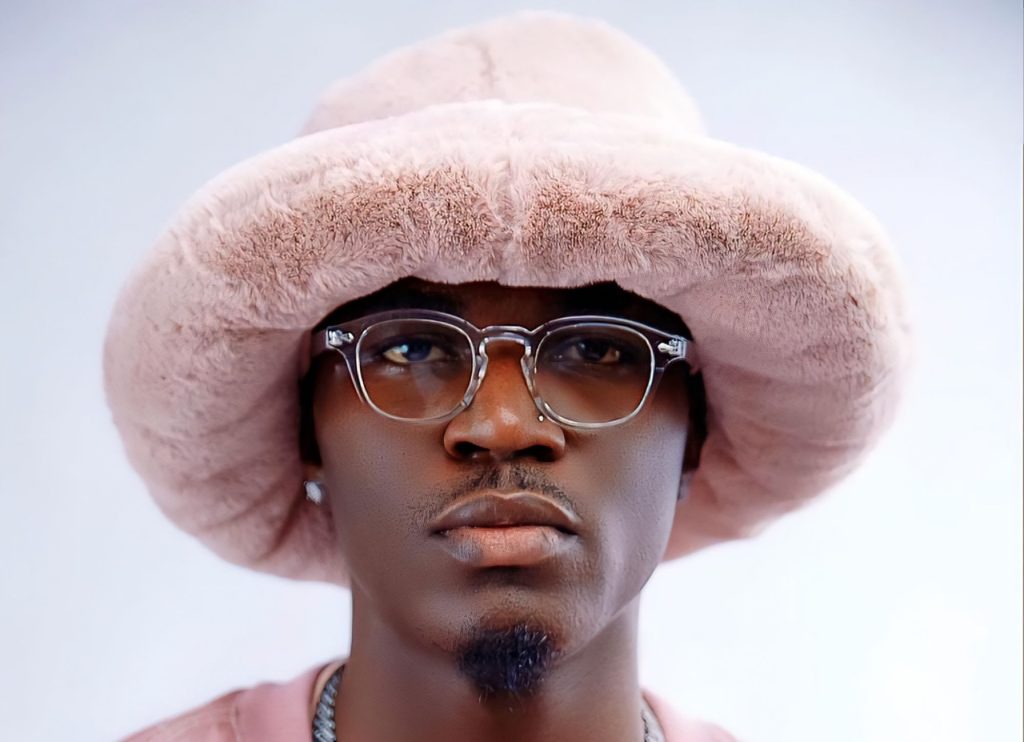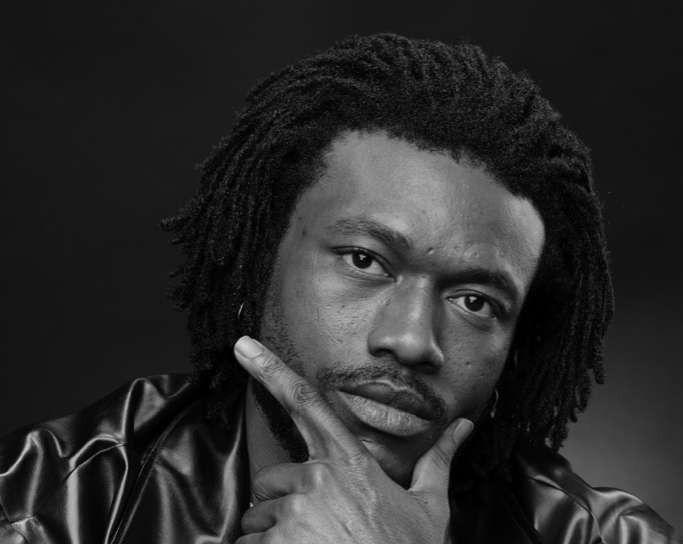Transitioning into an OG and maintaining relevance is no easy task and whilst the trio of Olamide, Wizkid and Davido might have made it seem like lightwork—it’s much more complicated and daunting than it seems.
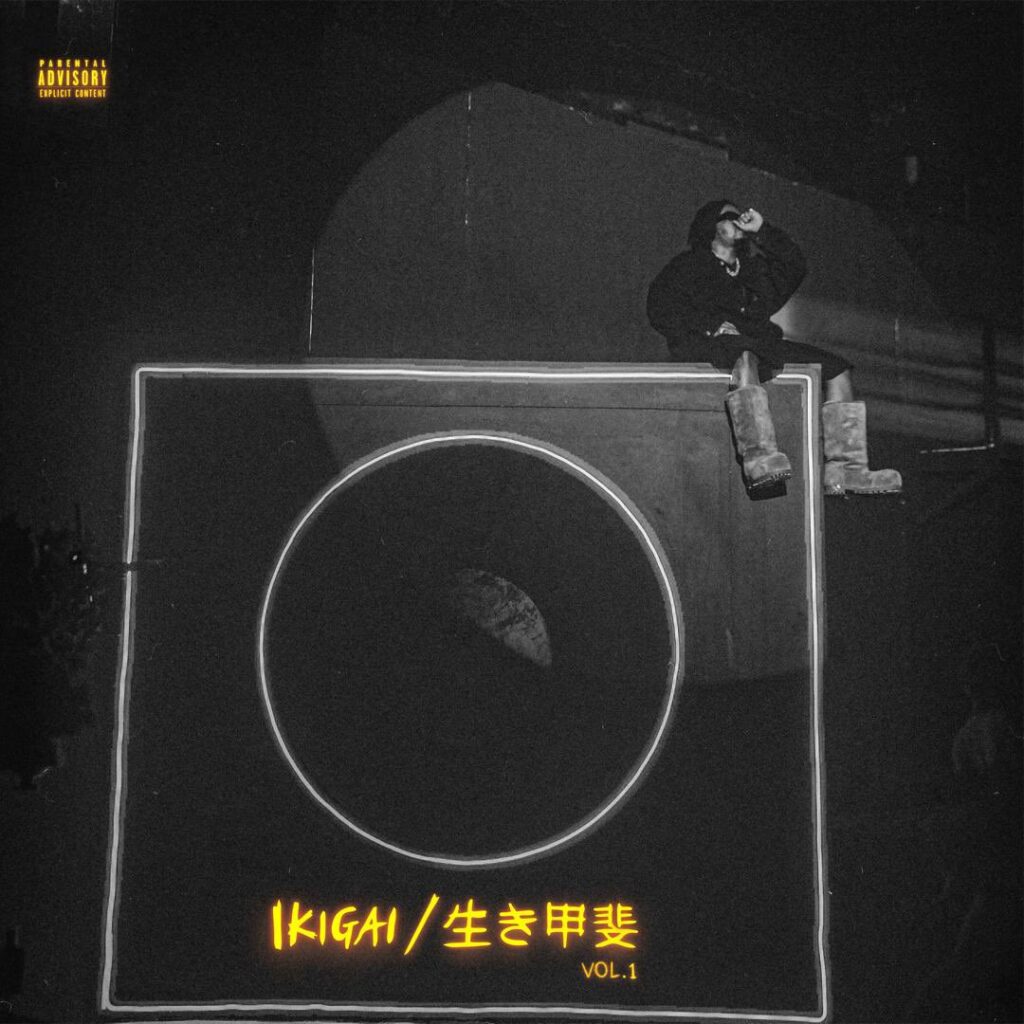
You see, the thing about OG status is it’s faux gravitas that doesn’t always translate into relevance in the actual music. 2Baba and P-square could come out today and announce a brand new album and set social media ablaze with traction and anticipation. However, when the album drops—it’s unlikely it debuts at the top of the charts or has reasonable longevity, no matter its quality. Why is this?
Well, the thing is music as an art is a medium for young people. Young people are the ones making the music, young people are the ones mostly consuming it. Young people are also the tastemakers who decide what’s popping and young people are also the age demographic of the people in the business itself, who are pulling strings behind the scenes. So as artists get older, no matter how talented or huge they are—they gradually begin to lose touch of what is young and hip and it generally becomes more difficult for them to seamlessly be as relevant, because making music for young people is more difficult when you’re old.
The generation that grew up on Olamide, Wizkid and Davido in their prime years—are full grown adults now, who despite how they might still love their music idols, have bigger fish to fry and more pressing priorities than waiting up till midnight to be amongst the first few to listen to an Olamide EP and tweet multiple times about what their favorite songs are.
This writer for example was in J.S.S.1 when Olamide and Wizkid broke out in 2010 and is now a young adult that is working multiple writing jobs to make ends meet. Yes indeed, I stayed up till midnight to jam Ikigai the Thursday it dropped, but that’s because I work in the music business. Most people in my age demographic would hear it when they get off work that day. Basically, to have a career at the top that spans 2 decades, you need to evolve to the point that your audience evolves also—into the new generation of young people, to replace the older ones who have phased out of being the tastemakers of the music.
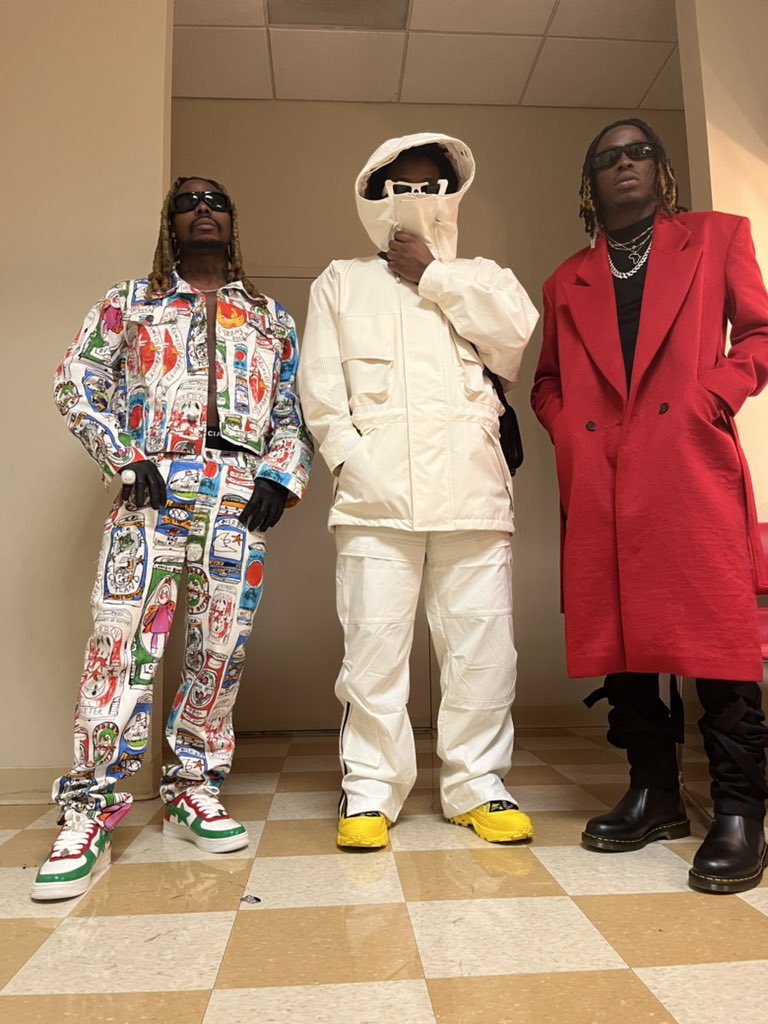
When an artist cannot execute the sort of sonic evolution where new and younger demographics get introduced to their music, as a result of their past relevance—and also love it as much as the old people, then their career will begin to grind to a halt, no matter how good the music is. Yes, they might still be successful with moderate sales and even occasional nostalgic tours, but you can’t be a superstar if young people do not love you. It’s practically impossible. This is the gravity of what Olamide has accomplished this far in his career.
In my Unruly review, I highlighted that Olamide has been making the most refined and polished music of his entire career—in his veteran years and that’s been crucial to his evolution that has maintained his status as Hip-Hop’s only superstar in the country. It might not be his best music technically, as we might never get energetic bars-laced rap anthems like Voice Of The Streets or emotionally-charged narrative deep cuts like Omo Anifowose but the music has never been more pristine.
He’s toned down the slurs and slangs, and now uses innuendos in place of vulgar words and explicit lines like he resorted to in the past. The sound engineering and production is infinitely better, his subject matter is mostly about living a good life and more relatable and his voice has cracked and gotten deeper, matching the easy swagger he approaches rap with these days.
He’s evolved from a raw, uncut street rapper to an industry Kingpin that makes good, smooth music whilst also being the label boss to two superstars of the new generation. It’s now a cool thing to be an Olamide fan. Even in his prime, whilst he was dominating popstars and making everyone add ‘sneh’ as a suffix to their names, there were some people that dismissed him because he was from the streets. Sure, those people still exist but they’ll be labelled the uncool people now with that sort of reasoning. From Carpe Diem up until now with Ikigai, Olamide hasn’t dropped a single project that wasn’t a great album experience with immense appeal to young people.
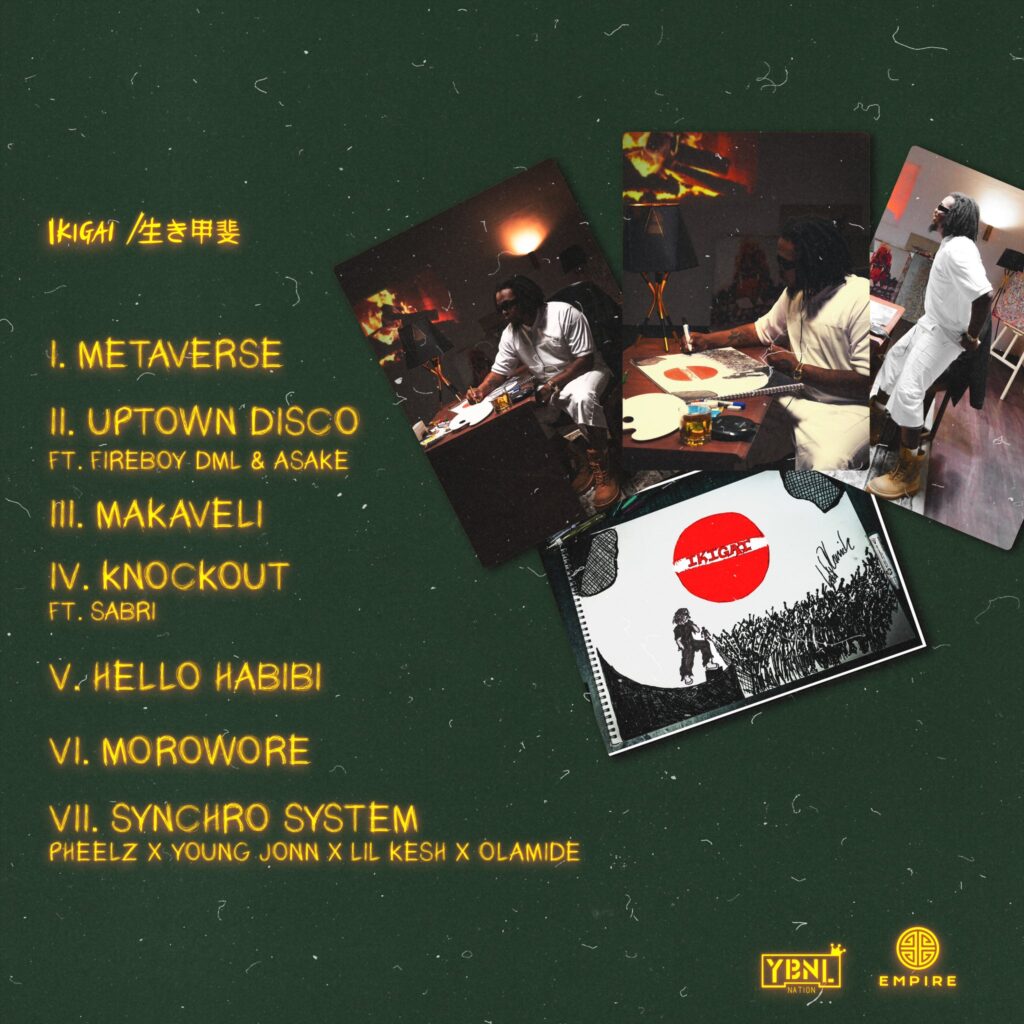
Olamide titling the EP opener, Metaverse isn’t some afterthought or because he felt the word was cool. That might be the train of thought of an average artist, but not the most successful rapper the country has ever produced, who has also happened to produce many stars as a label executive. This new generation has taken an affinity to digital currency. NFTs, Cryptocurrency, and so on and so forth. It’s little details like this that shows you how Baddo is still in touch with the younger generation, despite being 35. Sure, that’s still a young age all things considered but for music industry standards, might as well be a grandpa.
And of course, all these antics wouldn’t matter if the music wasn’t good. Semzi does a madness on the beat and it has the sort of relentless, kinetic bounce that would force you into involuntary body motion of some sort, even if you weren’t dancing. The sound effects also help to create an immersive feel and sense of environment, of actually being in the Metaverse. This would probably go on to be the biggest song on the album and I wouldn’t be surprised one bit.
Uptown Disco features Asake and Fireboy DML, the 2 new generation superstars on Olamide’s roster and was naturally the most anticipated track when the track list dropped. Performance wise, Fireboy and Asake did a madness and it’s hard to truly discern who had the best showing. On first listen, I thought it was Fireboy. Subsequent spins had me warming up to Asake’s part more. Olamide also delivered, but seemed content to take the backseat and let his boys shine. Something he has done multiple times for the betterment of their own careers. My only gripe with this song is that personally I’m just tired of the log drums.
That being said, Makaveli still managed to be my favorite track on second listen of the project, because the way the drums are deplored here in a mid-tempo pace with Olamide’s swaggering rap flow is quite dynamic and something we haven’t really heard before. Olamide also does Fuji vocal inflections at certain parts of the hook and it works pretty well. The sound effects remain a persisting element up until here, and its flickering, pulsing sounds helps to further establish that sense of an otherworldly immersion.
Knockout seems to be getting the least love so far and it’s a shame, because it has some impressive rapping cadences and wordplay from Baddo and even the best written chorus on the EP. Sure the subject matter isn’t the most conceptual thing and is simply about sex and making love, but lines like “you dey hot I dey find where the vent is, o ti fo mi lenu, mo need dentist” are quite witty and would definitely make you crack a smile if you get the context. Sabri doesn’t deliver a mediocre performance, but she’s definitely the least memorable guest artist on the EP.
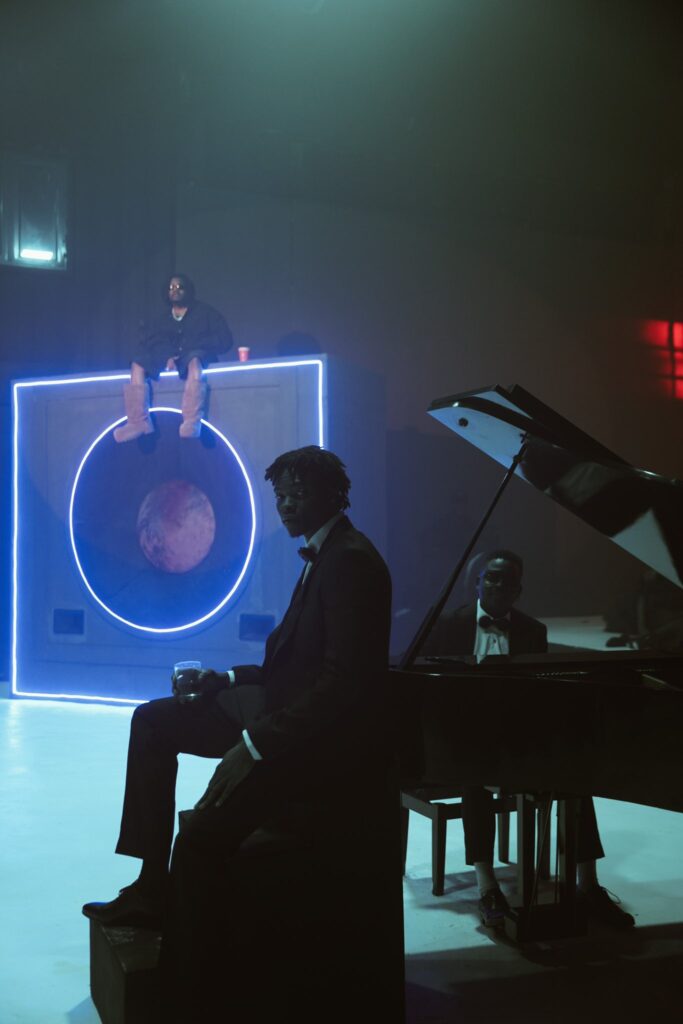
On Hello Habibi, Baddo heads to an Arabic soundscape with grand guitar strings and a breezy flute merged over a trap beat, with kicks laced in African percussion. From a writing standpoint, it’s the weakest song on the project but it’s so sonically pleasing to the ears, as a result of the dynamics of the different elements interacting with a good synergy. It’s no wonder why it’s currently charting higher than the 3-way superstar collaboration. The chorus is also goddamn catchy.
It sure wouldn’t be an Afrobeats project without a song expressing gratitude to God and who else should be more grateful to God for his success, than Olamide Baddo on Morowore. When he sings, “Baba Morowore ninu aye mi” it hits harder because you know Baddo came from the slums to get to the very pinnacle of African Hip-Hop, where he’s making superstars in his spare time. This song has some very soulful background vocals added to it, that gives it a gospel feel and the constant repetition of the chorus works to a tee in that direction. The beats also get stripped towards the ending, just to emphasize the gravity of the lyrics. On first listen, it was my least favorite but at this point it has grown on me. And my word, that electric guitar at the end? Madness. Also, blink and you’ll miss the Paul I.K. Dairo’s Mo Wa Dupe sample.
The EP closes out with a YBNL reunion on Synchro System featuring former in-house producers of the label, Pheelz and Young Jonn who have now become popstars in their own right—and Lil Kesh, Olamide’s golden protege, who was once hailed to be the heir to the rap throne Baddo occupied. It’s a drill beat and Pheelz incorporates a cinematic, shaolin-esque chord progression into the production. On a song that has 2 rappers, Pheelz manages to hold his own with good melodic rapping that we haven’t come to expect from him, despite being a good writer. When Baddo later revealed on Twitter, that the song was originally Pheelz’s it made sense the way he owned it.
Young Jonn has a decent showing and so does Lil Kesh, although the latter has a slightly better performance but it’s Olamide himself that outshines everyone else on the track, by channeling his best impression of the Eyan Mayweather era of his career. Even his baritone that we’ve come to know him with these days, isn’t as deep and growling as it is—on this track and is closer to the more high-pitched vocal pitch of the earlier part of his career.
Olamide’s Ikigai / 生き甲斐 , Vol. 1 is yet another amazing addition to his legendary catalogue. The fact that a project this good might not make top 5 in his discography speak volumes to Baddo’s insane longevity and talent. Topically, Olamide keeps it simple and the narratives reflect his luxurious lifestyle of being the kingpin and documents his feats of cross-country balling. There is also raunchy, sexy music for the free spirited women of course.
Ikigai is a Japanese term that translates to “a reason to live” and Baddo’s current reality of being a Kingmaker, successful businessman and label boss are definitely enough reasons to live and be grateful. Reasons he ensures he communicates well, through his topical choices in his rapping and by also featuring some of the popstars he’s made. Sonically, it’s also a triumph—as an impressive showing from Semzi and Eskeez keeps the EP tightly focused and cohesive, for the most part.
Final Verdict:
Sonic Cohesion & Unharried Transitions: 1.5/2
Expansive Production: 1.5/2
Songwriting: 1.8/2
Delivery: 1.8/2
Optimal Track Sequencing: 1.6/2
Total: 8.2/10



